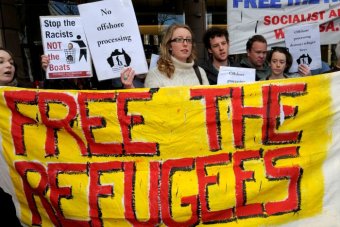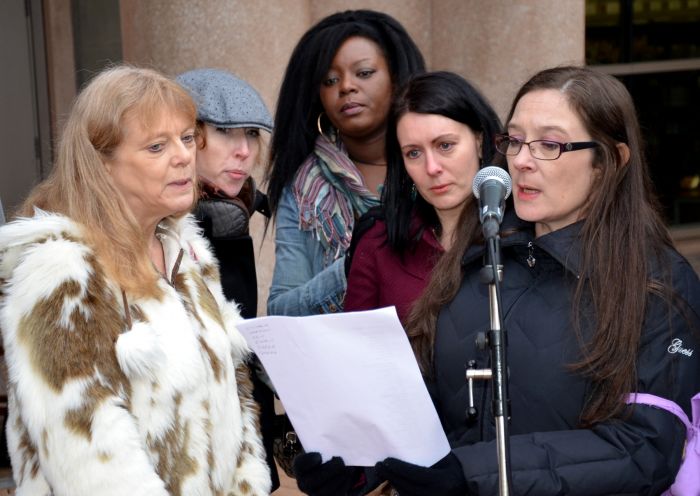
Reza Barati died last week or was it yesterday. Reza Barati, 24-year-old Iranian asylum seeker, was killed in an `encounter’ on Manus Island, the dumping grounds for those who seek asylum in Australia. Prisoners protested the lies they were being fed, the conditions they were forced to endure, the ongoing abuse. Guards rushed in, rushed out, rushed in again, and then the protest turned into `a riot’. According to eyewitness reports and an initial police report, when the guards, employees of G4S, rushed in, violence erupted.
Manus Island, in Papua New Guinea, is Australia’s new final solution to the asylum and refugee problem. That there is no problem is irrelevant. Australia is not being overrun by asylum seekers. As with other nation-States choosing punishment as a default response to asylum and refuge seekers, Australia is the problem. Not the seekers.
Liz Thompson worked as an asylum claims processor on Manus Island. She knows the situation, and she says: “It’s not designed as a processing facility, it’s designed as an experiment in the active creation of horror, to deter people from trying in the first place. These guys are smart, they know what’s going on, they know they’re being lied to, and having that stuff come to them from Immigration, from us, is just part of the active creation of horror. That’s what Manus Island is: it’s the active creation of horror in order to secure deterrence. And that’s why Reza Berati’s death is not some kind of crisis for the [immigration] department – it’s actually an opportunity, an opportunity to extend that [deterrence] logic one step further, to say, ‘this happens’.”
Across Australia, people have protested and held vigils. Artists have withdrawn from the Sydney Biennale because its principle corporate sponsor profits from “offshore detention.” Call it torture. On Christmas Island, asylum seekers have gone on hunger strike. When asked why, they answered, “Reza Barati’s blood.”
Meanwhile, outside of Australia, the news media, particularly the English language news media, has been silent. Search for Reza Barati, and you’ll see … or you won’t.
Instead of silence, let us hear: “In this desert of silence that now passes for our public life, a silence only broken by personal vilification of anyone who posits an idea opposed to power, it is no longer wise for a public figure to express concern about a society that sees some human beings as no longer human; a society that has turned its back on those who came to us for asylum – that is, for freedom, and for safety. And so, with our tongues torn we are expected to agree with the silence, with the lies, and with the murder of Reza Barati… There are no more fairy stories. The cane toads grow fatter. And Reza Barati’s corpse lies in a Port Moresby morgue with a large hole in the back of its head as inexplicable, as shameful as what our country has done.”
Cry the beloved country, cry the beloved world in which it exists. Reza Barati deserved better. We all do.
(Image Credit: Refugee Action Collective)







